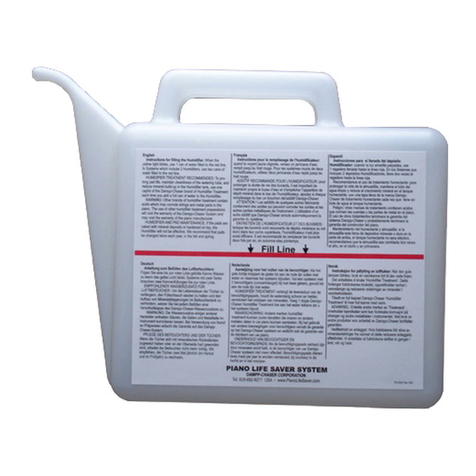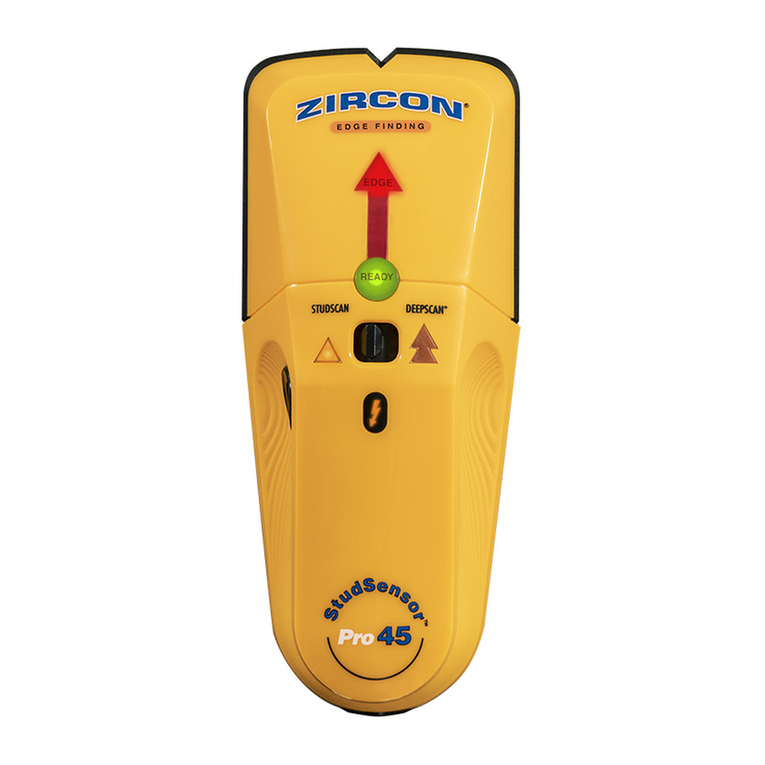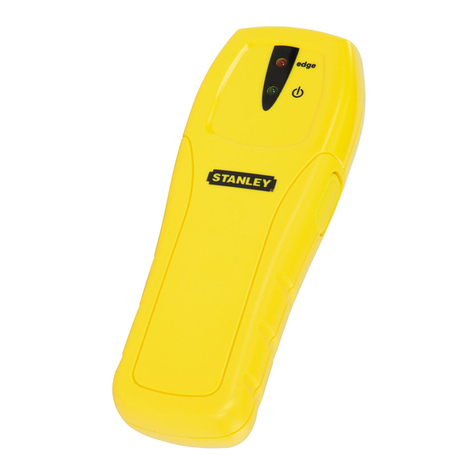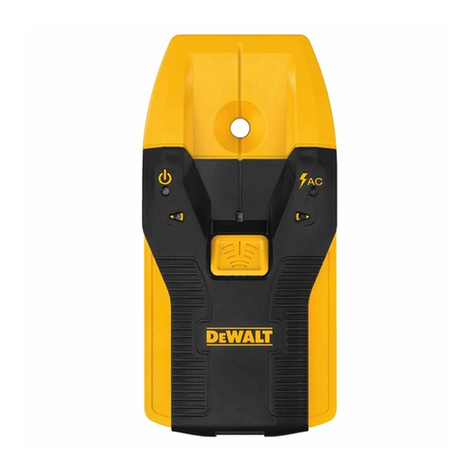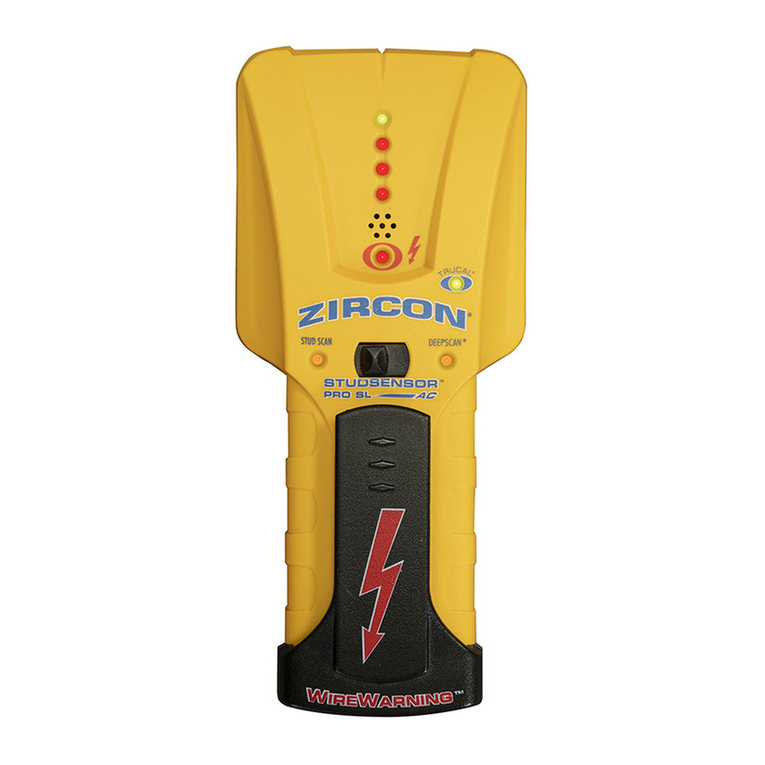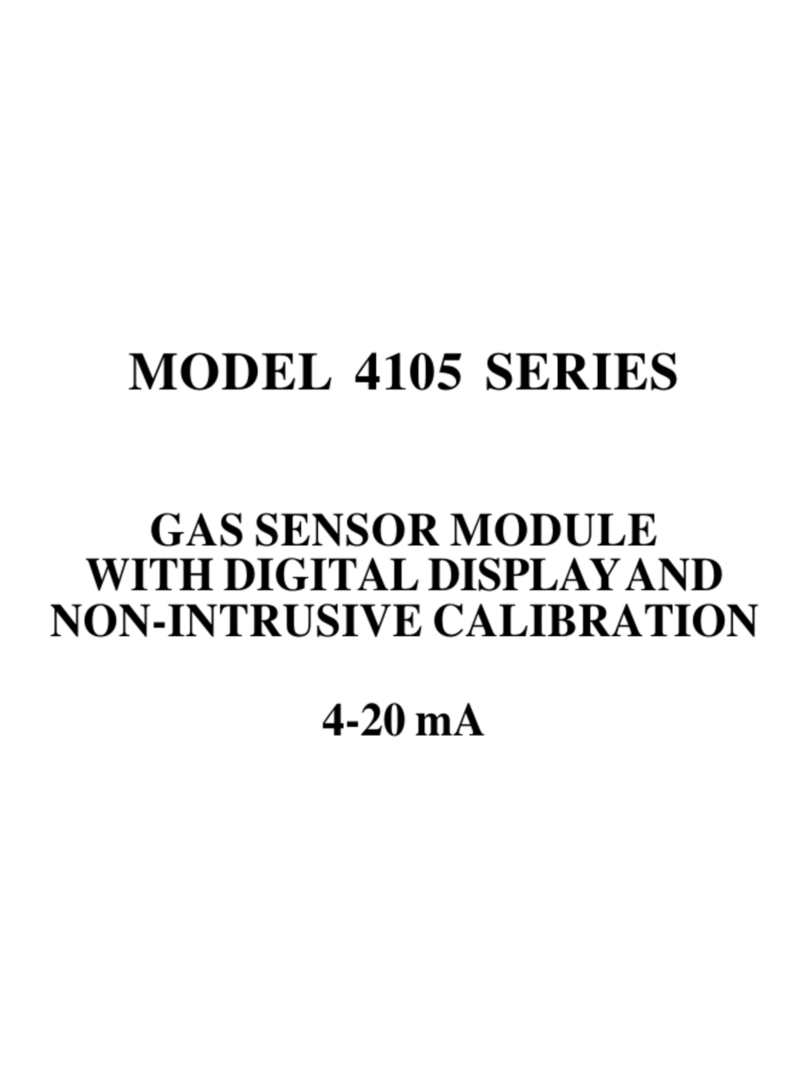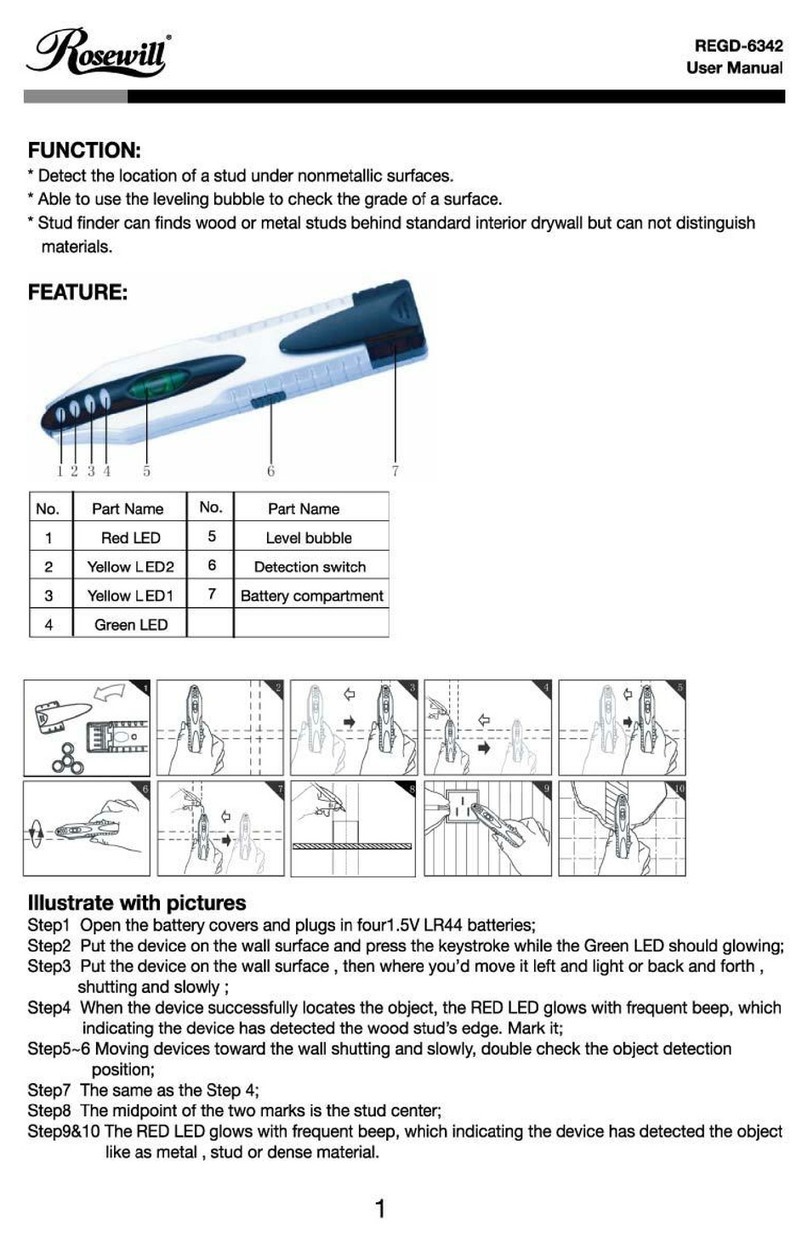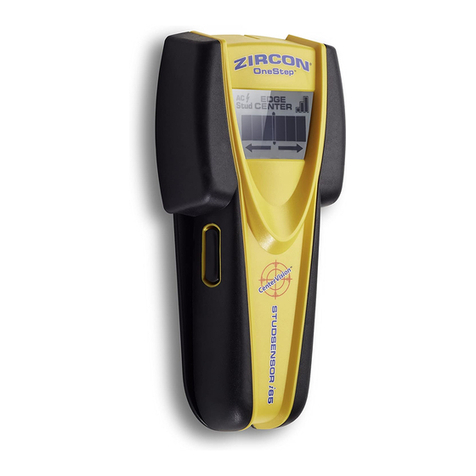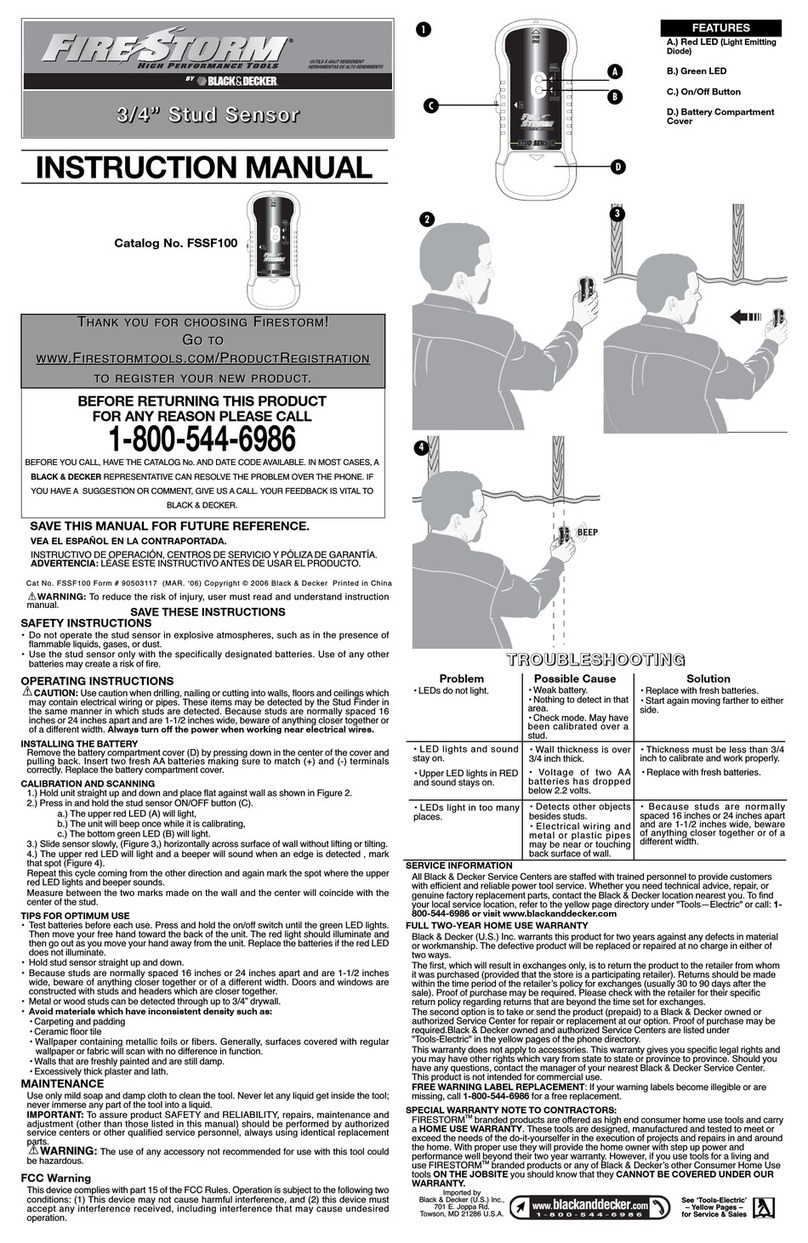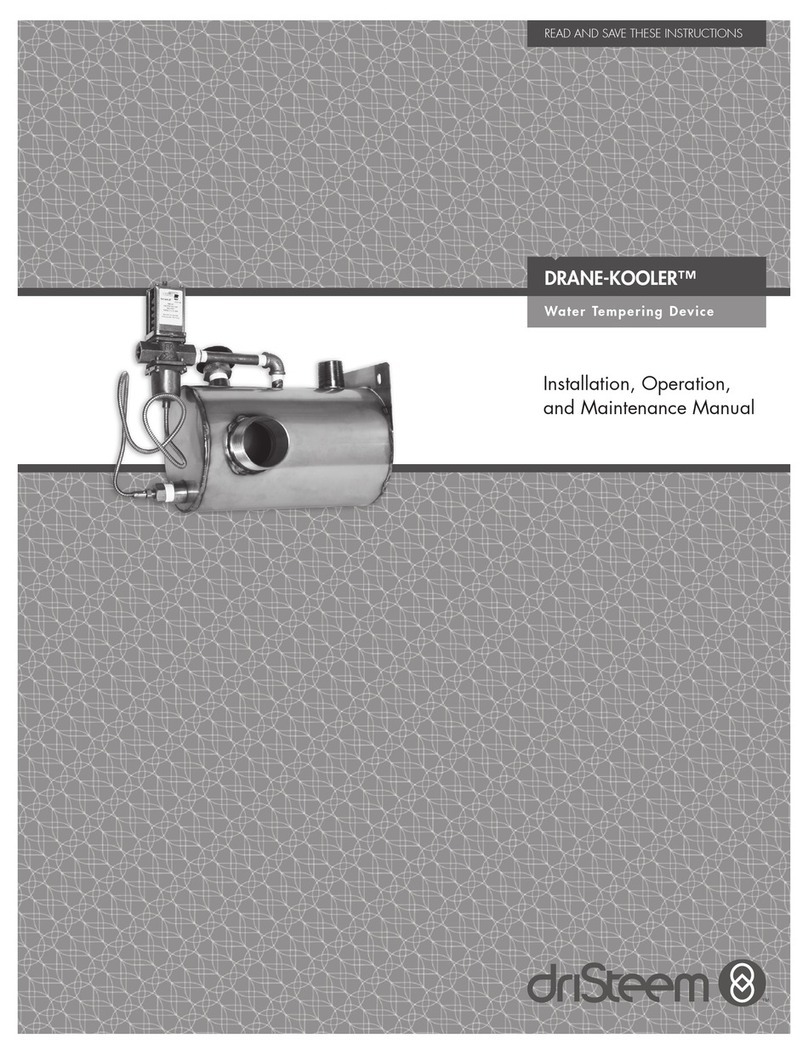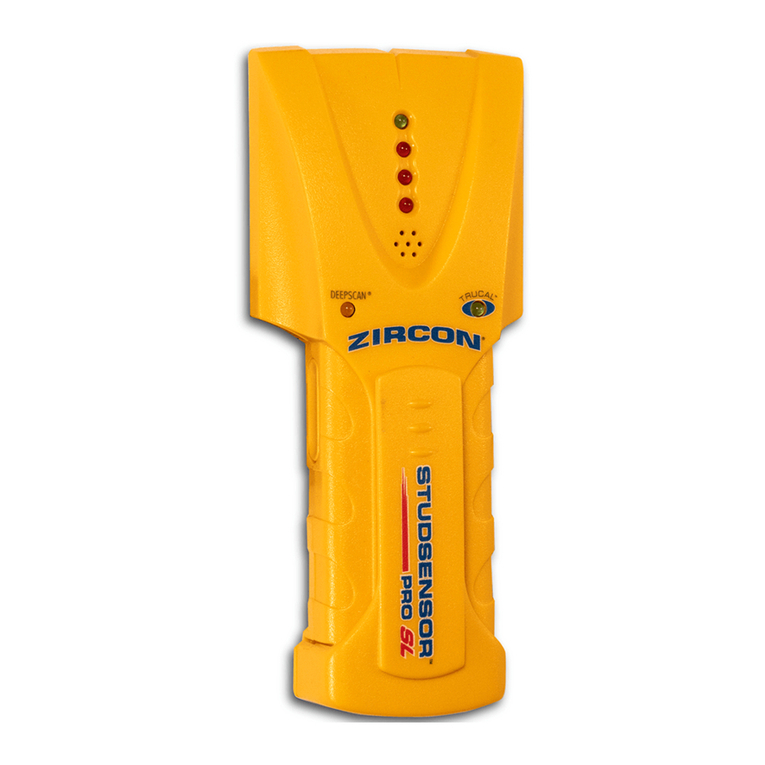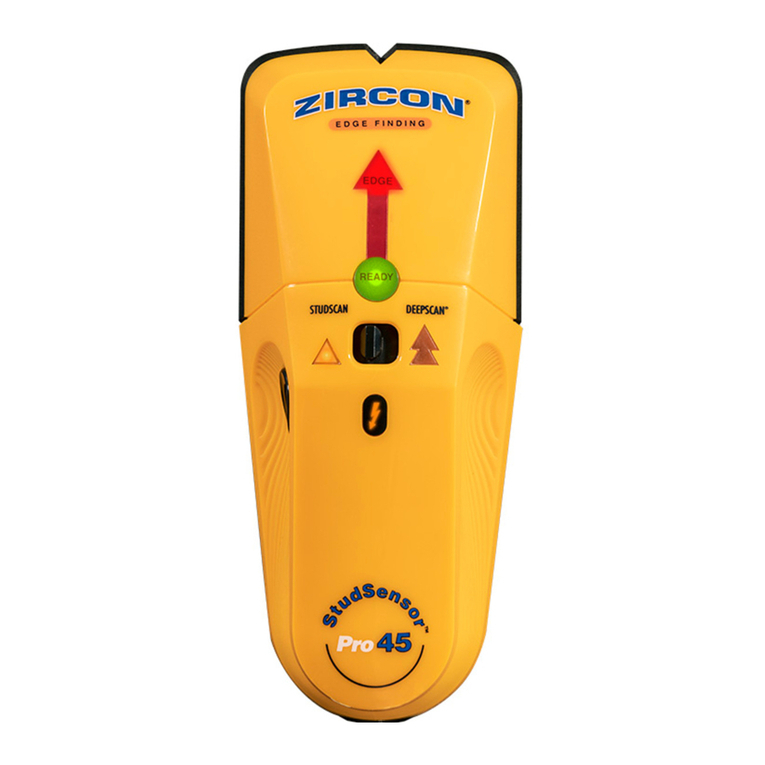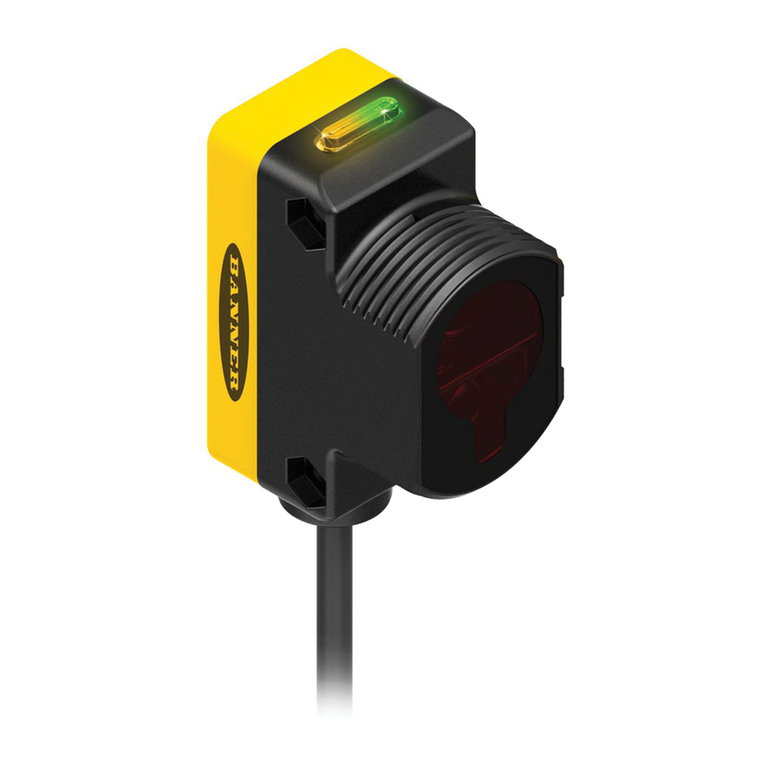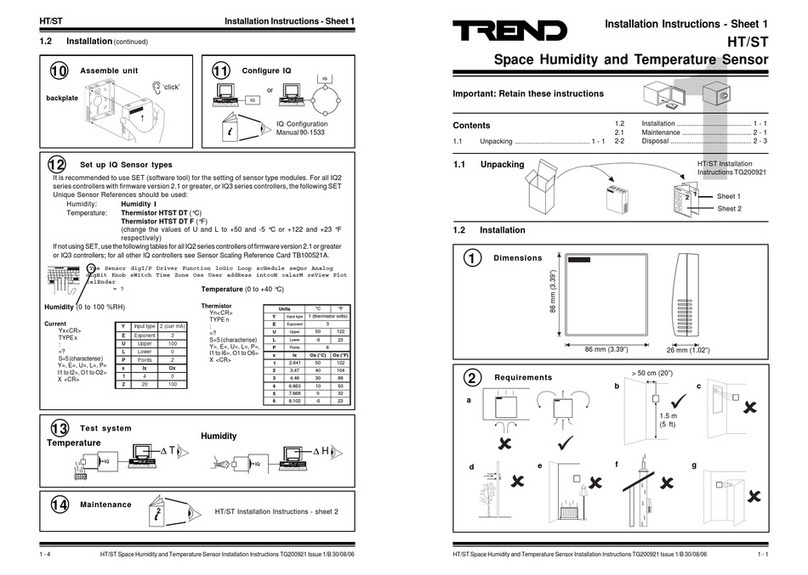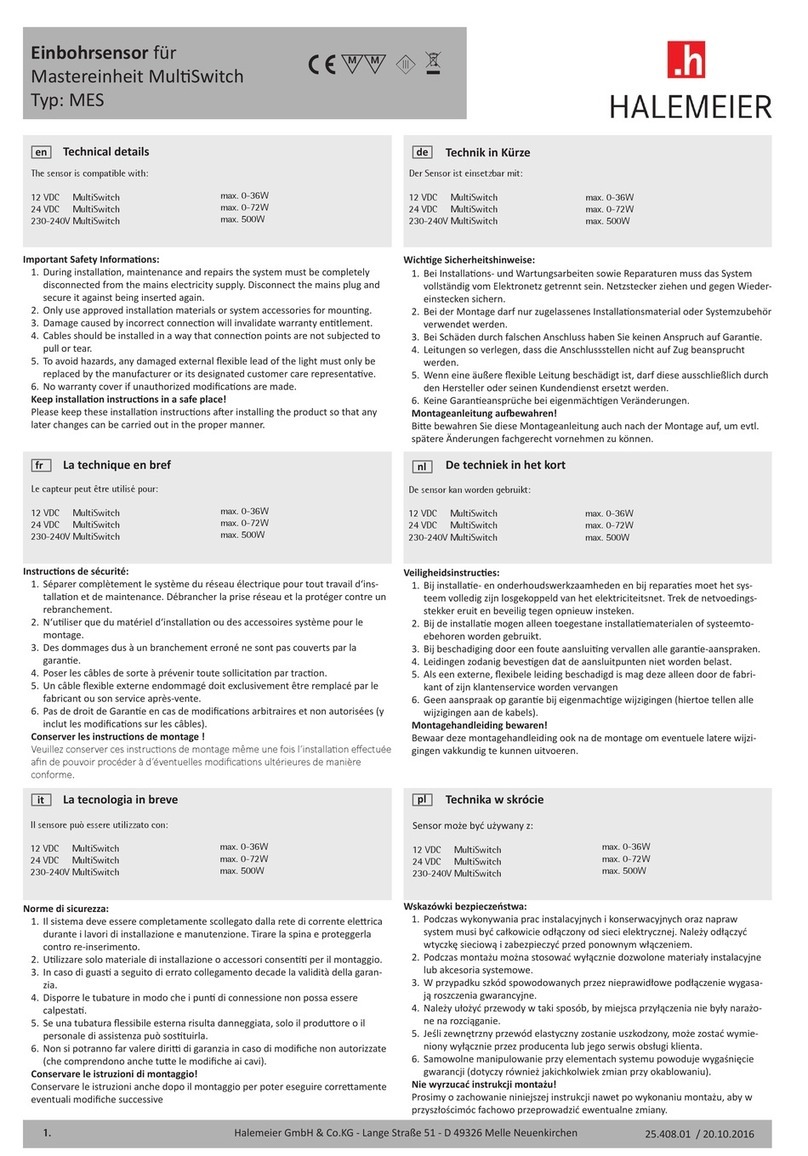
Page 1 of 26250-1256-03-1117 ...............www.appliedphysics.com
1 - Introduction
This manual describes the Model 544 Miniature Orientation Sensor. This system is designed to
enable high accuracy measurement of the inclination, roll (toolface) and azimuth orientation
angles of the system to which it is mounted. A common application of the 544 is to measure the
orientation of borehole logging and directional drilling systems.
The 544 sensor contains both a 3-axis fluxgate magnetometer and a 3-axis accelerometer. The
combination of these two sensor systems enables the inclination, roll and azimuth angles of the
544 reference frame to be determined. Inclination and roll angles are determined from the
accelerometer subsystem, which measures the pull of gravity. After inclination and roll are known,
the magnetometer subsystem is used to determine the system azimuth angle. Knowledge of the
inclination and roll angles enable determination of the horizontal components of the earth's local
magnetic field; this information defines the azimuth angle.
The 544 system contains a microprocessor and 8 channels of 16-bit analog to digital conversion.
Six channels are assigned to the magnetometer and accelerometer outputs. One channel
provides temperature data from an internal thermometer and one channel is configured to
measure the system input voltage.
The 544 system communicates over one of two serial bidirectional interfaces that can be selected
for either TTL or RS-232 voltage levels. An ASCII character command language has been
created to facilitate communication with the 544. For example, if the ASCII string “0SD”<CR> is
sent to the unit, the 544 interprets this as a "send data" command and responds by sending over
the serial interface an ASCII string representing the value of all magnetometer, accelerometer
and temperature outputs. The leading zero in this sequence denotes the system serial number.
The 544 can also be configured to send angle data (roll, pitch and azimuth) instead of the
accelerometer and magnetometer sensor data.
An autosend data mode is included in the 544 firmware. When this mode is active, data is
repeatedly sent after power is applied to the system.
The 544 accelerometers are calibrated by placing the system in a precision rotation fixture and
systematically changing the system orientation in the earth's gravitational field. The 544 system
magnetometers are calibrated by placing the system in a precision 3-axis Helmholtz coil system,
which enables the application of known magnetic fields to the system. Both the rotation fixture
and Helmholtz coil mounting fixture have alignment pins and reference surfaces, which mate to
the 544 reference surface.
When the system is calibrated over a temperature range, data is read from the system at
temperature intervals between the minimum and maximum temperature specification. For
example, for calibration over the interval of 0°C - 75°C, data is read at 25°C temperature intervals
between 0°C and 75°C. The data taken at each temperature includes scale, offset and sensor
alignment data. The recorded data is then used to create a look up table for scale offset and
alignment corrections. This table is then downloaded into the 544 internal EEROM memory,
where it can be accessed by the system internal microprocessor. Corrections to the read sensor
data can then be made by the internal microprocessor system before data is transmitted.
